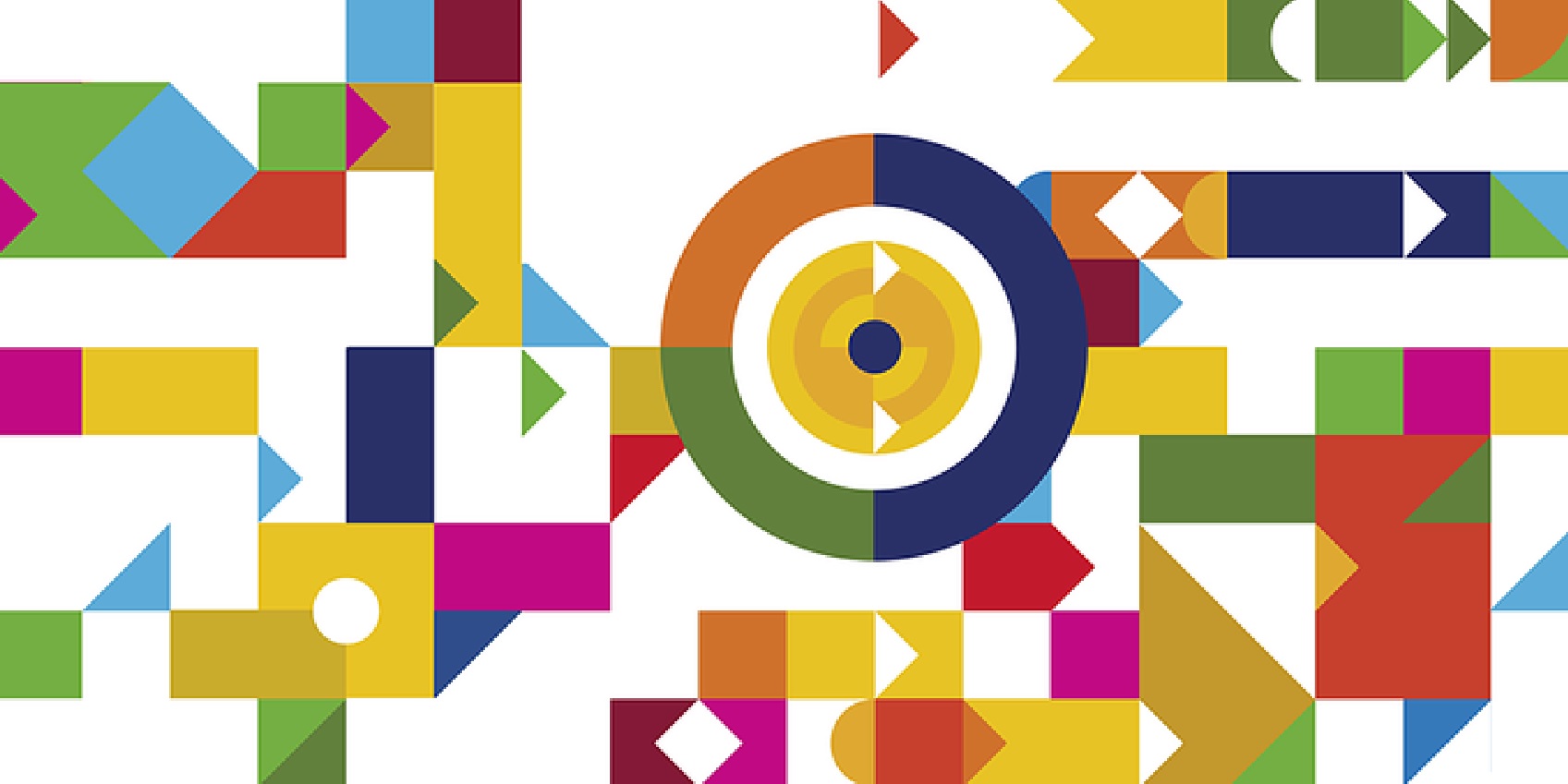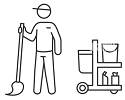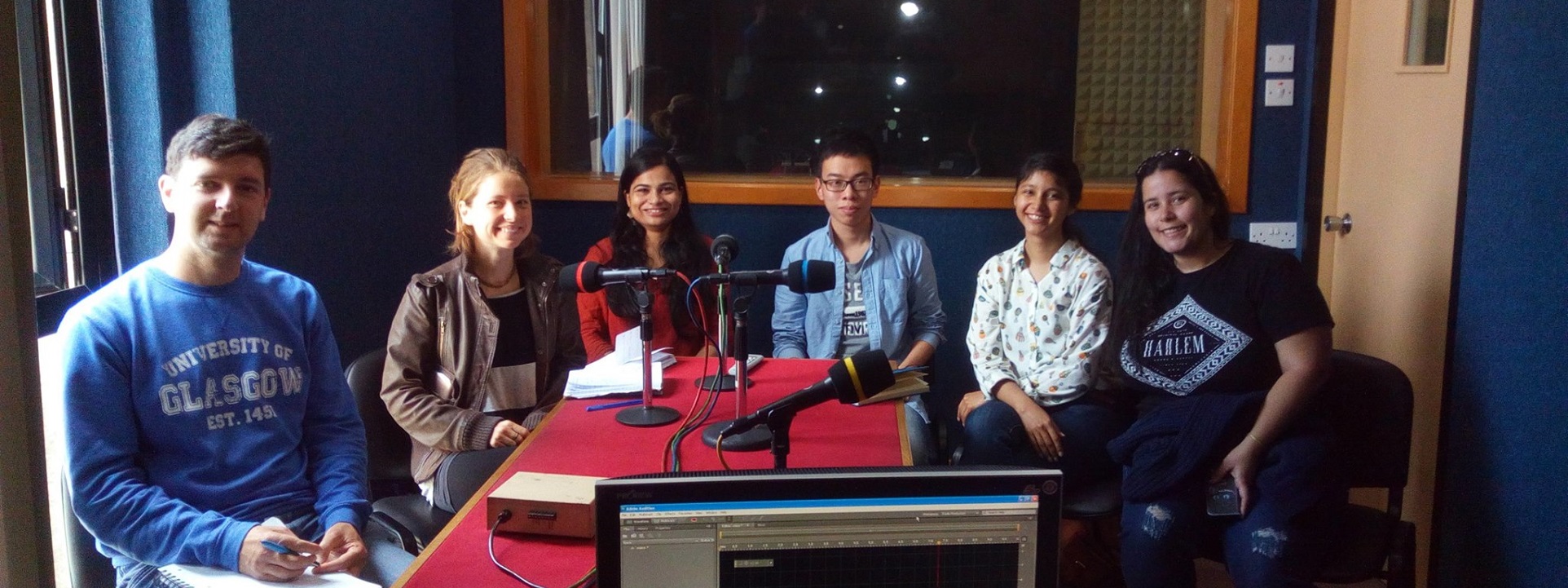https://extension.illinois.edu/blogs/simply-nutritious-quick-and-delicious/2024-02-02-whats-deal-mushroom-coffee
Mushroom Coffee
- Home Page 136

Australian Building Code & National Construction Code
This content is accessible to paid subscribers. To view it please enter your password below or send mike@standardsmichigan.com a request for subscription details.
Pathways 100
Today we break down the literature for exterior and interior pathways in education communities. We limit the term “pathway” to refer to human pathways (as in egress and ingress paths); not wiring or piping pathways. Maximum distance of travel from within a building and along an egress path toward safety is a core topic in building safety literature. Starting 2023 we will break down coverage of subject catalogs and bibliographies:
Pathways 100: Survey of all titles for both the exterior and interior environments
Pathways 200: Review of codes, standards and guidelines for building interiors
Related recent research:
Hallways and stairways lighting system cost reduction
The research on circadian rhythm parameters testing of lighting quality in classrooms
Research and discussion on classroom blackboard lighting
Pathways 300: Review of codes, standards and guidelines campus environment outside the buildings; all seasons
Pathways 500: Review of noteworthy litigation. Campus pathways are rich in possibilities for legal actions so we will refresh our understanding of the landmark decisions.
This breakdown is “somewhat” inspired by recent action by ASHRAE International to expand the scope of ASHRAE 90.1 to heating and cooling environments outside buildings. The new title of ASHRAE 901. includes the word “Site”, which is another way of saying “the world” outside buildings. Standards Michigan commented on the consequences of doing this in the proposal stages in 2020-2021.
The topic involves titles from many standards setting organizations; among them:
American National Standards Institute
C136-series for street lighting
International Code Council (accessible and useable ingress and egress entrances, paths and exits)
International Building Code: Chapter 10 Means of Egress
ICC A117 Accessibility Meeting Agenda December 15 2022 (Pathways)
ICC A117.1 2023 Meeting Calendar Accessible and Useable Buildings
Modifications for A117.1 12-1-2022 meeting
IFC §909.21.6 Proposal FS118-21 Pressurization systems for elevator pathways (now being discussed during the ICC Group A Committee Action Hearings in September)
American Society of Civil Engineers (roads, sidewalks)
American Society of Mechanical Engineers
ASME A17.1-2019: Safety Code for Elevators and Escalators
Institute of Electrical and Electronic Engineers (wayfinding along unofficial footpaths using the internet of small things)
Education & Healthcare Facility Electrotechnology
A BIM-Based Coordination Support System for Emergency Response
Computer Vision Method in Means of Egress Obstruction Detection
National Electrical Manufacturers Association
National Fire Protection Association (fire protection for interior premises, fire truck routes, electric signage, security)
2021 NFPA 101 Life Safety Code
Chapter 3 Means of Egress
Chapter 12-13 Assembly Occupancies
Chapter 14-15 Educational Occupancies
Chapter 18-19 Health Care Occupancies
2022 Standard for Emergency and Standby Power Systems
Chapter 5 – Emergency Power Supply: Energy Sources, Converters and Accessories
ASTM International Committee C09 on Concrete and Concrete Aggregates
Standard Terminology Relating to Concrete and Concrete Aggregates
…And about 20 others.
We might venture onto the minefield of sensitivities about signage: too much, too many, too big, too small? There are signs everywhere in academia.
Many titles in the foregoing list are inspired by legal requirements of the Americans with Disabilities Act administered by the US Department of Justice
As usual, we’ll only have time to identify the titles and concepts in motion and set up a separate markup session. Open to everyone; use the login credentials at the upper right of our home page.
MORE:
International Building Code §3104 Pedestrian Walkways and Tunnels
2023 National Electrical Code Article 420 — Luminaires, Lampholders, and Lamps
2023 National Electrical Code Article 600 – Electric Signs and Outline Lighting
Bibliography
Shaping the Sidewalk Experience
Federal Highway Administration University Course on Bicycle and Pedestrian Transportation
“The Via Appia: A Case Study in the Political Geography of Imperialism” Hannah Friedman. This article, published in the Journal of Historical Geography in 2011, examines the Appian Way as a product of Roman imperialism and a reflection of Roman attitudes toward the landscape and its inhabitants. The author draws on both textual and archaeological evidence to explore the road’s impact on the regions it passed through.
“The Appian Way: The Road that Built the Roman Empire” by Richard Talbert – Cambridge University Press 2012. A a comprehensive study of the Appian Way and its significance to the Roman Empire. The author draws on a wide range of archaeological and historical evidence to explore the road’s construction, use, and legacy.
Wayfinding
Modelling and Simulation Wayfinding in Unfamiliar Campus Environment
Designing digital signage for better wayfinding performance: New visitors’ navigating campus of university
Emergency Evacuation From a Teaching Building Based on The Social Force Model
Next-Generation “EXIT” Signs to Save Lives
Evolutionary Game of Emergency Evacuation After an Earthquake at a University: How to Promote Orderly Evacuation
An IoT-based Emergency Evacuation System
Evaluation of a high efficiency boost stage to supply a permanent LED emergency lighting system
GoFAST: A Group-Based Emergency Guiding System with Dedicated Path Planning for Mobile Users Using Smartphones
Mobility-Aware and Congestion-Relieved Dedicated Path Planning for Group-Based Emergency Guiding Based on Internet of Things Technologies
Wayfinding Behavior Detection by Smartphone
Human Behavior During Emergency Evacuation: Cell Transmission Model
Almawhere 2.0: a pervasive system to facilitate indoor wayfinding
Managing egress of crowd during infrastructure disruption
A Fuzzy-Theory-Based Cellular Automata Model for Pedestrian Evacuation From a Multiple-Exit Room
Emergency exit sign detection system for visually impaired people
Evacuating Routes in Indoor-Fire Scenarios with Selection of Safe Exits on Known and Unknown Buildings Using Machine Learning
Exits choice based on cellular automaton model for pedestrians’ evacuation
Computer aided architectural design: Wayfinding complexity analysis
Using space syntax to understand knowledge acquisition and wayfinding in indoor environments
Wayfinding by auditory cues in virtual environments
Computer Vision Method in Means of Egress Obstruction Detection
Map Displays And Landmark Effects On Wayfinding In Unfamiliar Environments
Informing the design of an automated wayfinding system for individuals with cognitive impairments
Virtual Reality to Study Pedestrian Wayfinding: Motivations and an Experiment on Usability
AR-enabled wayfinding kiosk
Research on the terrain cognition in small-scale environment
A comparison study of stationary and mobile eye tracking on EXITs design in a wayfinding system
CityGuide: A Seamless Indoor-Outdoor Wayfinding System for People With Vision Impairments
Poster: Evaluation of Wayfinding Aid Techniques in Multi-Level Virtual Environments
Automatic Optimization of Wayfinding Design
Implementing game artificial intelligence to decision making of agents in emergency egress
Navigating MazeMap: Indoor human mobility, spatio-logical ties and future potential
Energy conservation from retrofit ‘exit‘ sign in public premises
Stablecoin
This content is accessible to paid subscribers. To view it please enter your password below or send mike@standardsmichigan.com a request for subscription details.
Herbert Hoover Policy Center
This content is accessible to paid subscribers. To view it please enter your password below or send mike@standardsmichigan.com a request for subscription details.
New update alert! The 2022 update to the Trademark Assignment Dataset is now available online. Find 1.29 million trademark assignments, involving 2.28 million unique trademark properties issued by the USPTO between March 1952 and January 2023: https://t.co/njrDAbSpwB pic.twitter.com/GkAXrHoQ9T
— USPTO (@uspto) July 13, 2023
Standards Michigan Group, LLC
2723 South State Street | Suite 150
Ann Arbor, MI 48104 USA
888-746-3670


















